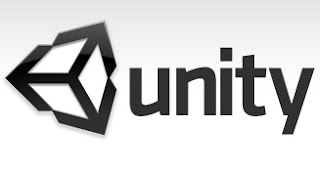 There are two main objectives for this tutorial session. The first is to showcase the potential and also prior/existing use, via specific scientific literature examples, of the increasingly popular Unreal engine (and/or Unreal Development Kit, or UDK for short). The second is to expose the audience to some first fundamental lessons of using the engine and its editor.
There are two main objectives for this tutorial session. The first is to showcase the potential and also prior/existing use, via specific scientific literature examples, of the increasingly popular Unreal engine (and/or Unreal Development Kit, or UDK for short). The second is to expose the audience to some first fundamental lessons of using the engine and its editor.These lessons could form the basis of using UDK in the future for research in a variery of directions, all under the computer entertainment/simulation/educational field. It is expected that, post-tutorial, the participants can walk away with both an understanding of how the engine is currently used in research but also tangible skills to put that to use in their respective areas.
I will be posting more about this tutorial in the coming months, meanwhile you can find more about the conference that houses it and its rates here.












